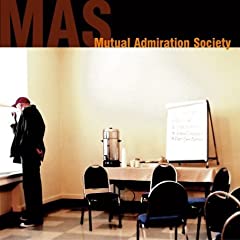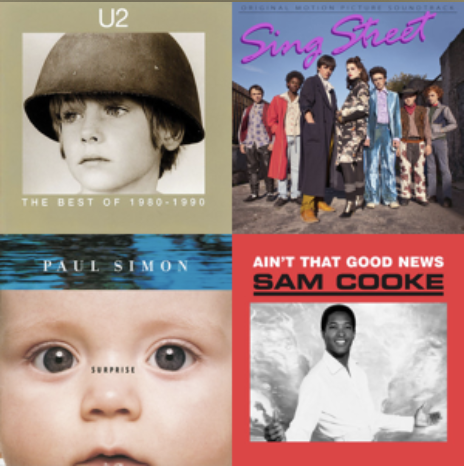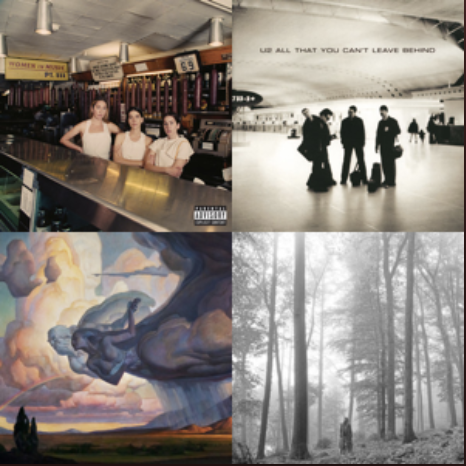I am a musician.
I’ve spent most of my life learning to play instruments and studying music – history, theory, composition, performance. A lifetime’s pursuit, the study of music is never complete.
Having a deep-rooted musical knowledge opens the door to experience music in a way that is almost indescribable. The best I can do is to liken it to a botanist’s appreciation of a leaf; every part of it has meaning to one who has learned how and of what a leaf is made.
To the “Average Harry” (I have a good friend Joe that resents his name’s use in such a generic manner. I don’t have any friends named Harry. Well, except for maybe Harry Potter) a leaf is pretty – perhaps, at times beautiful. To the botanist, the leaf is sublime; it is mystery. It is a treasure trove of wonders that both asks and answers questions about life and existence. It is so much more than a pretty color; it is the blade, the petiole, the veins, the margin, and the midrib.
In truth, I find leaves most marvelous when the colors change en masse each autumn. And, the botanist can certainly appreciate leaves this way. But like a master craftsmen, the botanist cannot help but want to get a close-up, in-depth view of even just single leaf, to study it and to marvel at it.
This is the way that I listen to music. Like most, I first hear the forest, yet I yearn to pore over each leaf and find the treasures it hides.
But a problem arises. Unlike the natural world, with all its complex systems of adaptation and perpetuation, music-making does not have a controlling force that squeezes from the raw materials an artifact of worth by default. Certainly some leaves are more interesting to certain leaf-lovers than others, but it is seems unlikely that there are leaves, which upon closer inspection, elicit a melancholy, “This leaf should never have been made. It’s a crappy leaf.”
Listening with a critical ear then, leaves me with a relatively small cross-section of “leaf music.” Usually I hear a tune on the web, iTunes, or . . . (dang it, what’s that thing that you have to put on a certain number to hear some music, otherwise it’s just static? Um. Radiator? Radial? Radiation? No, no. RADIO! That’s it!) radio, and quickly find that the particular piece of music is a forest without leaves. In the past, I would have made it a point to announce that I disdained said music and wished there were a filter for music that would create a forest of leaves for me to discover and revel in. Now I simply make a small point about it and move on. (And perhaps one day I’ll mature enough to not say anything at all and spare my friends and co-workers the verbiage.)
For instance: John Mayer’s new album was released last week. In it, he conducted an experiment and condensed the usual three stages for recording an album – writing, demo, recording – into one. Whenever an artist decides to break from his or her traditional creative method, the work very well may not shine the way it had when it was created through a honed, developed system. It seems (for now) that is the case with Mayer’s record.
I was disappointed. Earlier in Mayer’s career, I had written him off as a no-talent pop hack. And then I heard his live trio album; I heard his raw performance style; I heard him shred on the guitar in a pop/rock age where few shred on guitar anymore. I was hopeful that there would be some “leaves” in this new record worth studying. But alas – there aren’t, at least for me. (True, I only heard the first 30 seconds of half the cuts. But honestly, if the first 30 seconds of pop/rock don’t grab you, it’s too late. It’s not like each song was nine minutes long.)
So, I got to thinking. What “experimental process” records out there are filled with “leaves”? Two came to mind straight away. (Undoubtedly there are many others, but I turned to these two when slightly depressed after the John Mayer preview.)

1. Deceiver – Chris Thile
It’s not often that one artist’s ideas and voice can carry an album. This is one of those rare instances. Rather than bring in the caliber of musicians that he worked with on Not All Who Wander Are Lost (Béla Fleck, Jerry Douglas, Bryan Sutton, Jeff Coffin, Edgar Meyer), Thile played all the instruments on the recording – drums, keyboards, strings, bass, guitar, and mandolin. He wrote and arranged all the songs and sang all the parts. Normally, this is recipe for disaster, and yet, it’s fascinating to hear a musician push himself as far as possible in so many areas. Musically, the album takes a lot of risks, avoiding the typical trappings of bluegrass and folk music with complex rhythmic and harmonic modulations and angular melodies while still planting key musical moments in the listener’s mind.
Is it his best work? Probably not. Are there others who have executed the same concept better? Most likely. But in the realm of musical experiments, this one holds its own.

2. Mutual Admiration Society (Glen Phillips with Nickel Creek)
Here, the experiment is a little different. The former Toad the Wet Sprocket front-man and the now-dissolved bluegrass trio got together, as the name suggests, out of respect for each other’s musical voices. Over six days they wrote, rehearsed, and recorded the album, with great success. Flaws found their way into the final cut, the mix is not quite up to industry standards, and a few moments are more raw than one expects from these artists, but the songwriting and passionate performances turn this effort from flop to fab.
Each track on these records feels the first sign of fall foliage, and draws you in closer and closer to uncover every artery and vein bringing life to the music.
What do you hear in the leaves from your favorite recordings; what music do you etch in your mind?
Few joys found in music are greater than when you delve into the mystery of what makes it move you; when you seek those songs in which you find an endless forest of leaves.




